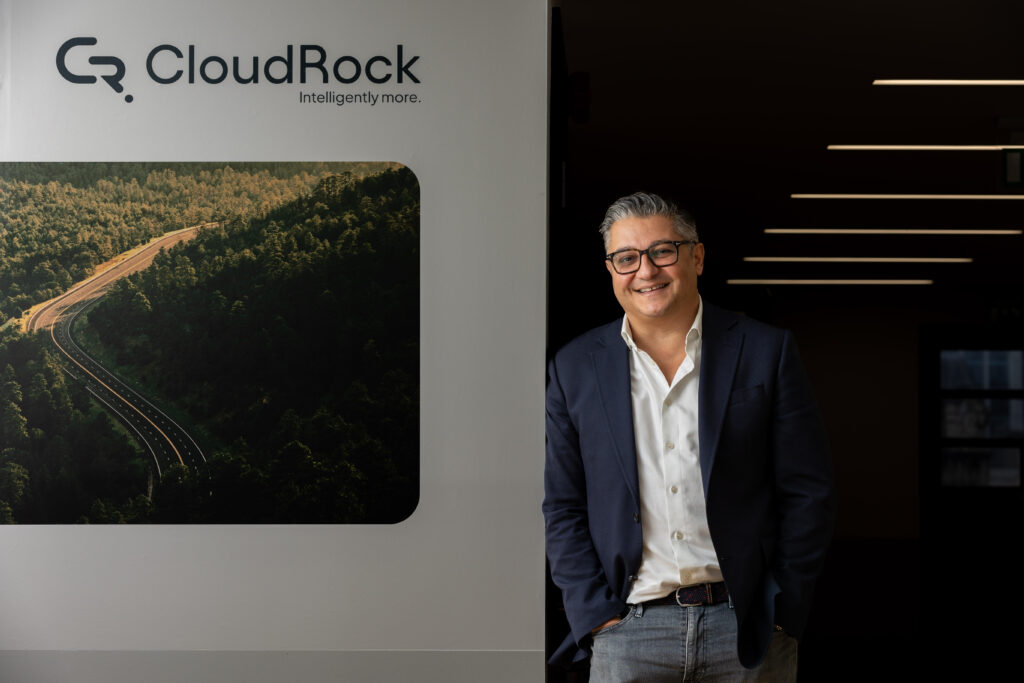Data and the Great Resignation
For a closer look at how much the Great Resignation is impacting the IT sector and its workforce plans for the future, just look at the data. According to one Gartner survey, 31 percent of workers in the industry actively sought out new employment opportunities between July and September last year. In response, companies have been developing new and creative ways to attract talent, ranging from paying big money for people to attend interviews and offering more perks for workers to stay.
Many of these interventions are short-sighted and short-term. They are reactive workforce planning strategies that will have a fleeting impact if they are not embedded in a long-term view of sustainably attracting and retaining top talent. So how can organisations plan for a workplace where people feel valued and talent thrives?
A holistic approach to workforce planning should be at the heart of a successful strategy to retain and attract talent. It needs to be based on three key data sources: reasons behind the Great Resignation, organisational talent needs, and predictions on how these needs and skills are going to change in the future of work.
Pay is one of the reasons people are leaving, but it’s not a primary reason. Gartner’s Global Labour Market Survey discovered that out of the people who said they would look for a new job in the next 12 months, 61 percent would leave if an opportunity to be part of an organisation with a higher level of social responsibility became available. Fairness is key, even if pay stays the same.
Tech employees value social responsibility most. But such responsibility is not just about the mission and vision of a company, nor the way it is embedded in products and services. It should also be reflected in the practices and values the company embodies, spanning across work-life balance, flexibility, and diversity and inclusion.
In addition to considering these changes, any kind of workforce planning needs to be about business plans and objectives. Over the past few years, I have seen very few businesses align their workforce planning efforts to their business growth objectives in a meaningful way. Even fewer align workforce planning to company values. These strategies would be significantly enhanced by data about the changing landscape of skills, roles, and economic opportunities.
The easiest way to take stock of all these key issues is by looking at data on examples such as attrition rates, promotion and mobility rates, pay equity and benchmarking, and employee engagement surveys.
Data about attrition rates will provide a strong understanding of age groups, job roles and levels, gender, occupations, and even length of service of those leaving. This will help pinpoint areas of focus. These areas of focus can then be further explored in the context of trends, helping prioritise areas with growing attrition rates over the past few years.
A holistic approach to workforce planning should be at the heart of a successful strategy to retain and attract talent.
Promotion and mobility rates within the company will help discover mobility opportunities within the organisation and can provide insights on which areas don’t allow internal talent to progress into new roles and bring their expertise and skills with them. If they don’t have opportunities to grow, these employees will seek them out elsewhere. This can happen within functions, but also across them. These data points often highlight slower and fewer mobility trends for talented women within the organisation and create opportunities for addressing these gaps.
Internal and external pay equity benchmarking is also a crucial area highlighted by Gartner’s research. At 54 percent, pay is the second largest reason for tech employees leaving. An internal benchmarking exercise can help companies understand where there are gaps in pay for various employees, and how they can be eliminated. An external pay benchmarking exercise can help to understand how pay compares to the wider sector.
Employee engagement surveys are a wealth of information on how motivated and engaged your employees are and will be a predictive indicator of retention. These surveys are a great barometer on their own, but even more powerful in combination with benchmarking and pay equity data.
Such data points will help to understand areas of opportunity for higher retention rates and talent attraction, helping companies plan for an engaged workforce. But utilising these to shape workforce plans would be incomplete without predictions of various skill developments and changes in job-related tasks over the coming years. Predictive models on how jobs are likely to change, and what skills will be most needed in a business in one, three or five years’ time, is imperative to make meaningful workforce plans.
As these data points show, workforce planning can significantly help organisations understand key issues behind the Great Resignation and create sustainable approaches to growth, plans to upskill and reskill employees, and ensure social responsibility. Data can be instrumental in helping to get insights about the best action plans within an organisational setting, whilst also taking external factors into account.




